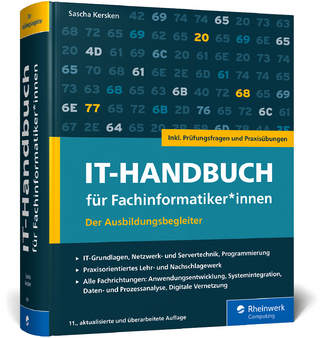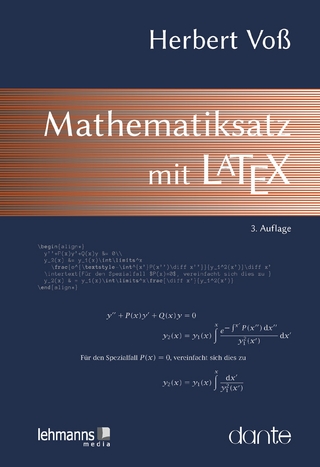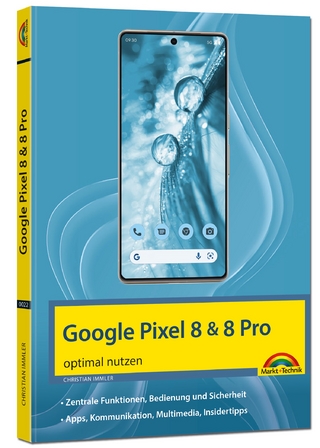
Software Architecture
Springer Berlin (Verlag)
978-3-540-22000-8 (ISBN)
Research Papers.- Sotograph - A Pragmatic Approach to Source Code Architecture Conformance Checking.- Formal Analysis of Architectural Patterns.- Architectural Modelling in Product Family Context.- Reflection-Based, Aspect-Oriented Software Architecture.- Software Architecture Evolution through Dynamic AOP.- On the Role of Architectural Style in Model Driven Development.- UML 1.4 versus UML 2.0 as Languages to Describe Software Architectures.- From Acme to CORBA: Bridging the Gap.- Constraints of Behavioural Inheritance.- Experience Papers.- Software Architectures for Designing Virtual Reality Applications.- Generation and Enactment of Controllers for Business Architectures Using MDA.- Formalization of an HCI Style for Accelerator Restart Monitoring.- Experiences Using Viewpoints for Information Systems Architecture: An Industrial Experience Report.- Position Papers.- Software Architecture: The Next Step.- Using Architectural Models at Runtime: Research Challenges.- Maintainability through Architecture Development.- An Architecture Description Language for Mobile Distributed Systems.- Model Checking for Software Architectures.- Distilling Scenarios from Patterns for Software Architecture Evaluation - A Position Paper.- Invited Papers: European Projects in Software Architecture.- Towards an MDA-Based Development Methodology.- Correct Development of Embedded Systems.- Expressing Domain Variability for Configuration.- ArchWare: Architecting Evolvable Software.- The FABRIC Project.
| Erscheint lt. Verlag | 11.5.2004 |
|---|---|
| Reihe/Serie | Lecture Notes in Computer Science |
| Zusatzinfo | IX, 283 p. |
| Verlagsort | Berlin |
| Sprache | englisch |
| Maße | 155 x 233 mm |
| Gewicht | 440 g |
| Themenwelt | Mathematik / Informatik ► Informatik ► Betriebssysteme / Server |
| Mathematik / Informatik ► Informatik ► Software Entwicklung | |
| Schlagworte | aspect-oriented software composition • CORBA • Embedded Systems • Hardcover, Softcover / Informatik, EDV/Informatik • HC/Informatik, EDV/Informatik • Inheritance • Model Checking • model-driven software development • Modeling • software architecture • software components • software development • Software Engineering / Softwareentwicklung • Softwareentwicklung • software evolution • Systems Analysis • Systems Design • UML • unified modeling language (UML) |
| ISBN-10 | 3-540-22000-3 / 3540220003 |
| ISBN-13 | 978-3-540-22000-8 / 9783540220008 |
| Zustand | Neuware |
| Haben Sie eine Frage zum Produkt? |
aus dem Bereich


